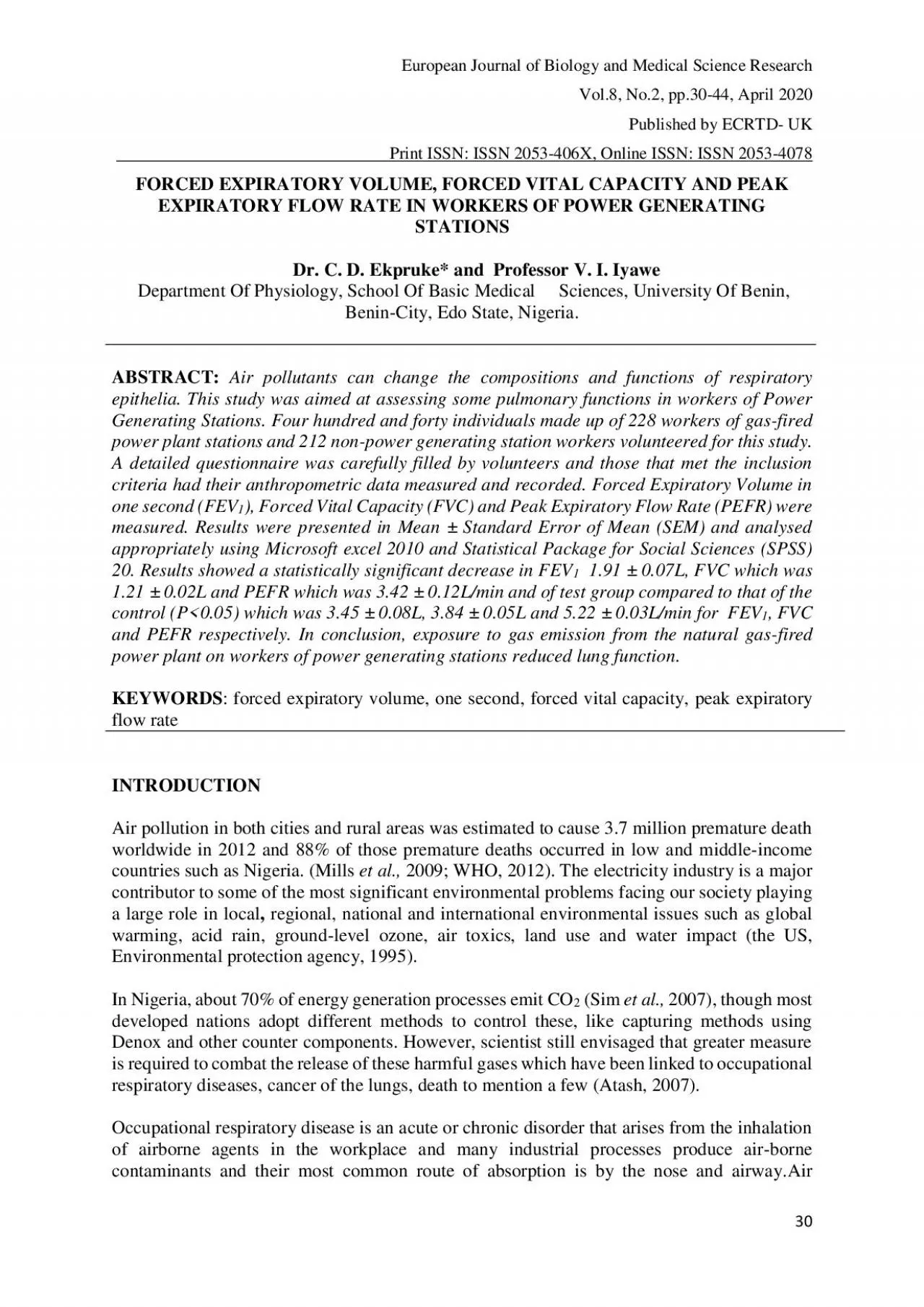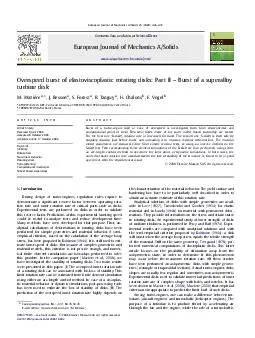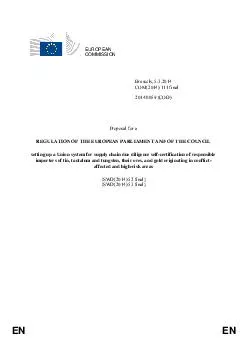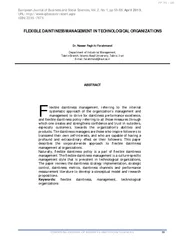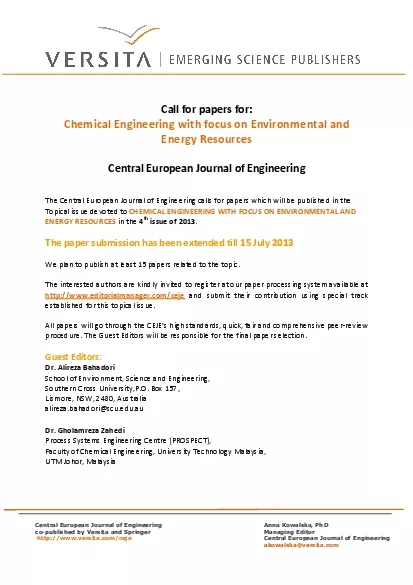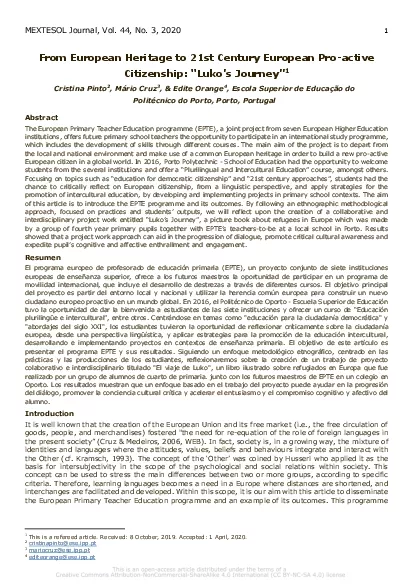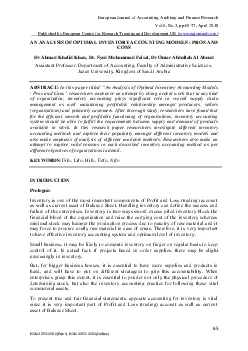PDF-European Journal of Bi
Author : blanko | Published Date : 2022-09-22
ology and Medical Science Research Vol8 No2 pp30 44 April 2020 Published by ECRTD UK Print ISSN ISSN 2053 406X Online ISSN ISSN 2053 4078 30 FORCED EXPIRATORY
Presentation Embed Code
Download Presentation
Download Presentation The PPT/PDF document "European Journal of Bi" is the property of its rightful owner. Permission is granted to download and print the materials on this website for personal, non-commercial use only, and to display it on your personal computer provided you do not modify the materials and that you retain all copyright notices contained in the materials. By downloading content from our website, you accept the terms of this agreement.
European Journal of Bi: Transcript
Download Rules Of Document
"European Journal of Bi"The content belongs to its owner. You may download and print it for personal use, without modification, and keep all copyright notices. By downloading, you agree to these terms.
Related Documents

